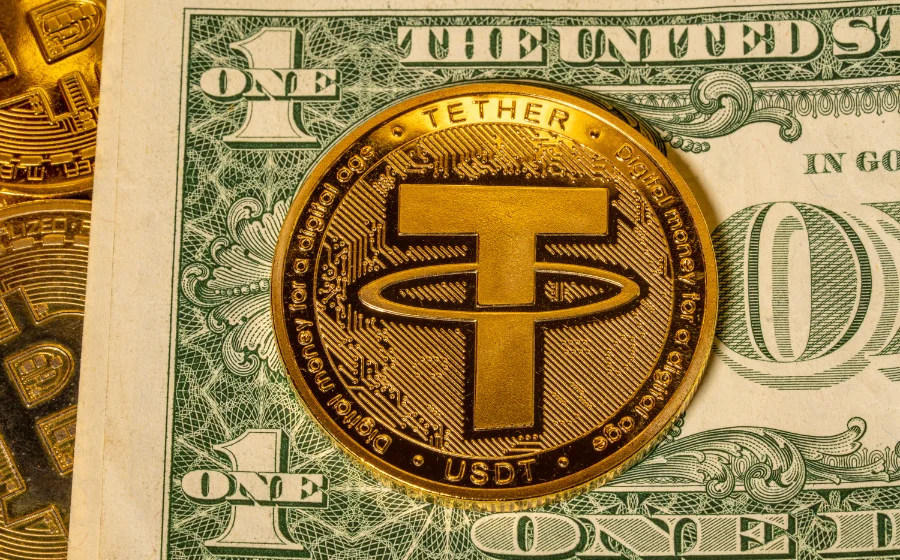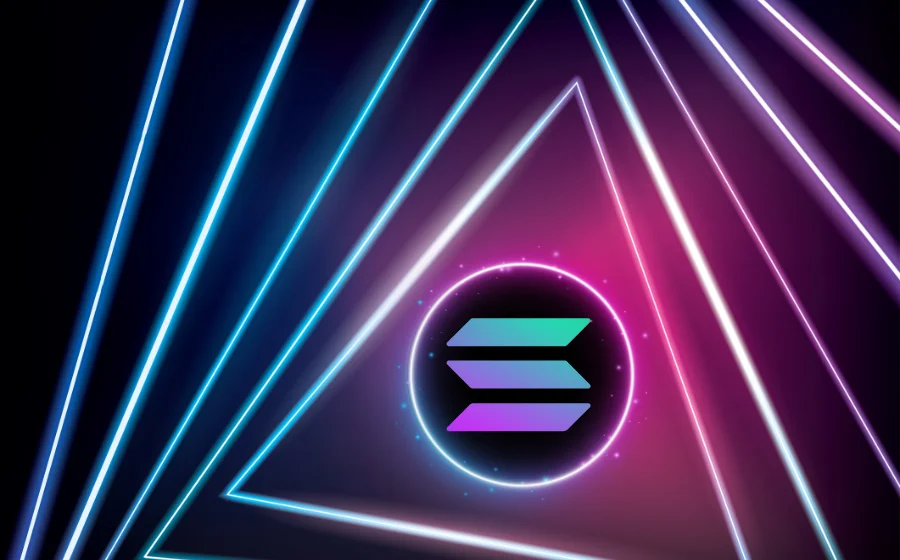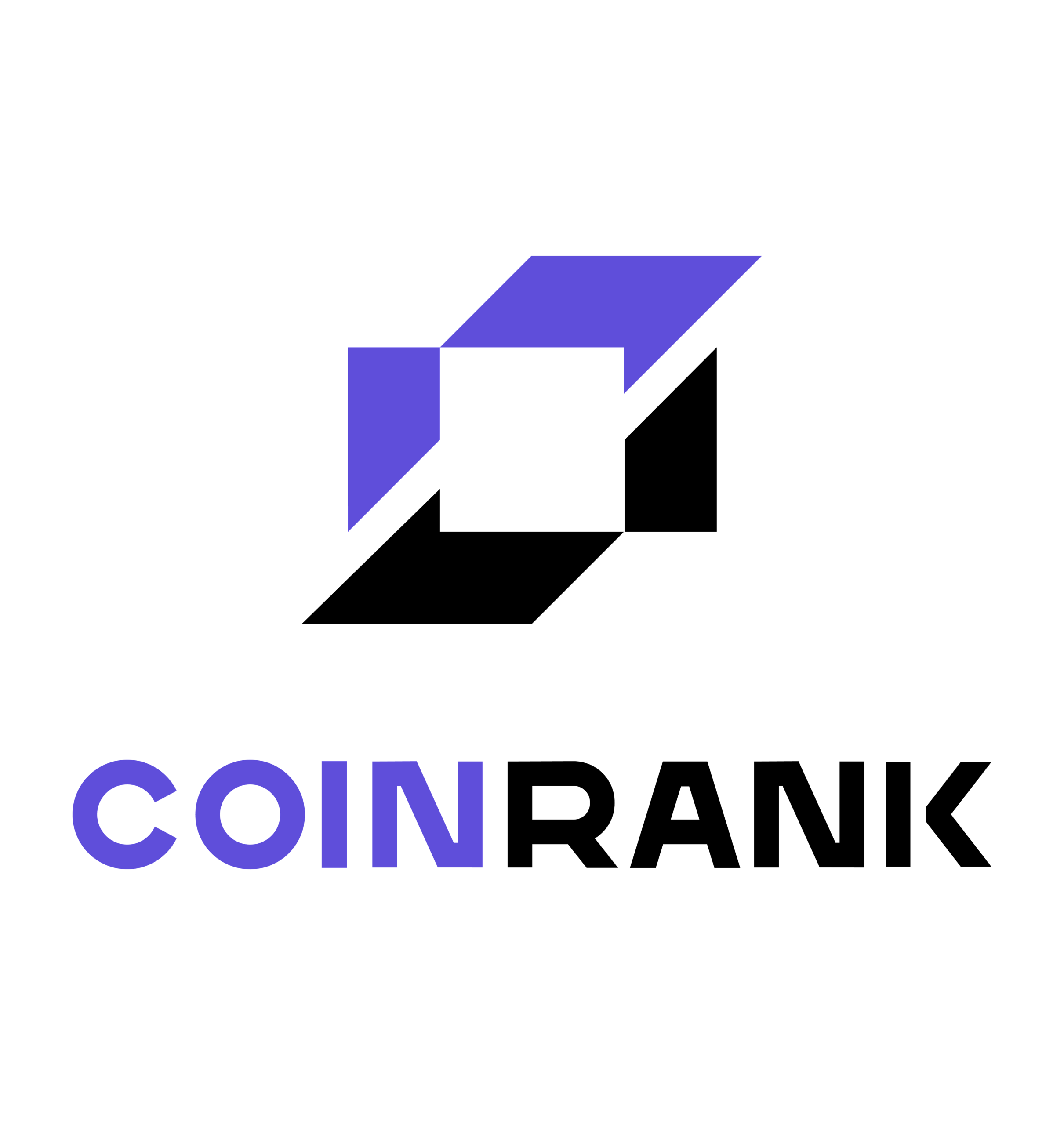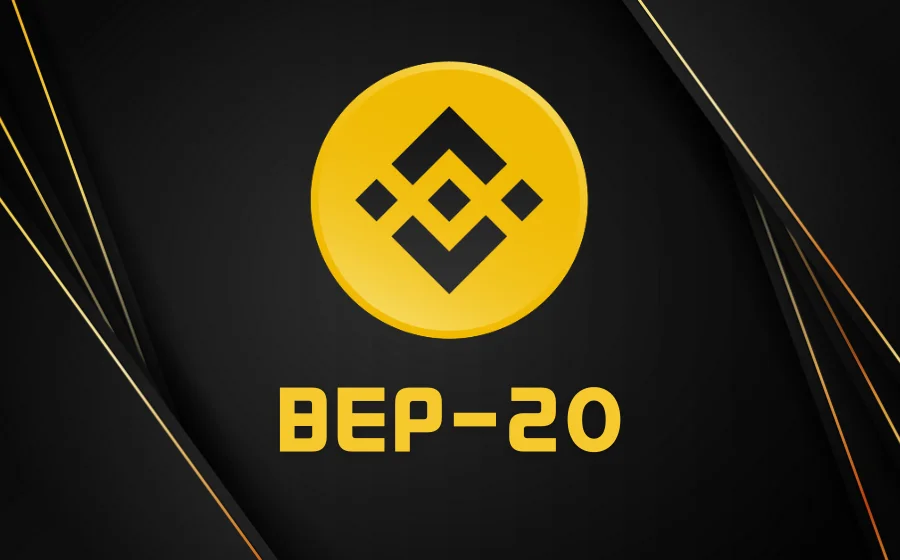
KEYTAKEAWAYS
- DATs amplify Bitcoin exposure through equity leverage — offering high upside but greater volatility tied to market sentiment and management execution.
- Not all DATs are MicroStrategy — success depends on timing, cost basis, and the strength of the company’s core business, not just how much Bitcoin it holds.
- Smart DAT investing means watching fundamentals — from average cost and staking yield to regulatory risks that could redefine valuations overnight.

CONTENT
A Digital Asset Treasury (DAT) company issues stock to buy Bitcoin, blending crypto exposure with corporate leverage. Learn how DATs work, their risks, and 5 key insights before investing.
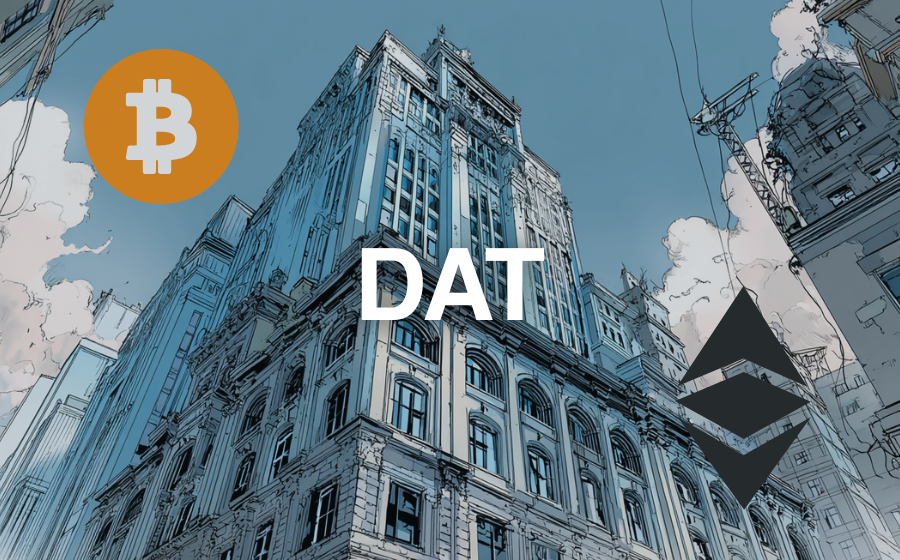
WHAT IS DIGITAL ASSET TREASURY (DAT)?
Imagine a company whose entire business model is simple — it issues stock, raises capital, and uses that money solely to buy Bitcoin. That, in essence, is a Digital Asset Treasury (DAT) company. The most famous example? MicroStrategy.
When it comes to Bitcoin investing, it may seem like there’s only one question: “Should I buy it or not?” But in the U.S. stock market, that question actually splits into three distinct answers — you can buy Bitcoin directly, you can buy a Bitcoin ETF, or you can invest in a DAT company.
These 3 approaches differ not just in how you trade them, but in their underlying structure and risk profile. Understanding them is like mastering three versions of the same game — the rules are different, and so are the outcomes.
1️⃣ Buying Bitcoin Directly: The Purest and Most Straightforward Way
Buying Bitcoin directly is as simple as it gets — you open an exchange or wallet, spend $10,000, and receive $10,000 worth of Bitcoin.
✏️ Pros:
- No intermediaries. Your coins are your assets.
- Transparent pricing — you see every move in real time.
❗ Cons:
- You’re fully responsible for custody. Lose your wallet or forget your private key, and your funds vanish forever.
- No additional yield — your profit depends entirely on price appreciation.
This is the purest form of spot investment. But “pure” often means inconvenient — you must take full responsibility for both security and risk.
2️⃣ Bitcoin ETF: A Wrapped Version of Bitcoin
A Bitcoin ETF works like a fund that holds Bitcoin on your behalf. The fund issues shares to investors, letting them gain Bitcoin exposure without managing wallets or worrying about exchange failures.
🚩 Key Features:
- Fees: Typically charges 0.2%–0.5% annual management fees.
- Pricing: Closely tracks Bitcoin’s spot price but may have minor intraday liquidity gaps.
- Returns: Cannot participate in on-chain staking or yield activities — it purely mirrors Bitcoin’s market price.
The ETF turns Bitcoin into a ticker symbol anyone can trade via a brokerage account. The trade-off? Convenience replaces control — and it won’t outperform spot Bitcoin; it merely simplifies access.
3️⃣ Digital Asset Treasury (DAT): A Wall Street Crypto Phenomenon
Imagine a public firm whose only business model is issuing stock and using the proceeds to buy Bitcoin. The best-known example is MicroStrategy.
🔍 Here’s how it works:
When the market values the company above the actual worth of its Bitcoin holdings (i.e., when Market Cap / Net Asset Value (MCAP/NAV) > 1), the company can issue new shares at a premium and use the raised funds to buy more Bitcoin. This increases the Bitcoin per Share (BPS) — creating a kind of self-reinforcing compounding effect.
✏️ A Simple Example:
- The company starts with $100 and 100 shares — each backed by $1 of Bitcoin.
- The market pays $5 per share, so the company issues 20 more shares to raise another $100.
- Now, it holds $200 in Bitcoin but is valued at $600. Even though shareholders are diluted, each share now represents more total value.
That’s the magic of a Digital Asset Treasury company — unlike an ETF, it doesn’t just track Bitcoin’s price. It can compound its NAV by strategically issuing shares during market premiums.
But there’s a harsh downside:
- If the market enthusiasm fades and the MCAP/NAV ratio drops to 1 or even below, investors could face sharper losses than with ETFs.
- The entire strategy depends on management’s timing and execution. One misstep in issuing shares or handling reserves could magnify losses dramatically.
In short, DAT companies turn Bitcoin exposure into a high-beta equity play — amplifying both gains and risks.
Investing in a Digital Asset Treasury company means betting on how well the management can leverage and manage its crypto holdings. It carries both the volatility of Bitcoin and the leverage of equity markets. In other words, it’s not just about owning Bitcoin — it’s about investing in who can hold it smarter.
>>> More to read: Who is Michael Saylor? Founder of MicroStrategy
5 THINGS YOU MUST KNOW BEFORE INVESTING IN DAT COMPANY
📌 Not Every DAT Company Is Another MicroStrategy
MicroStrategy’s success is hard to replicate. Its advantages come from three critical factors:
✅ CEO Michael Saylor is a long-term Bitcoin believer with a clear conviction and holding strategy.
✅ Its core software business generates stable cash flow, supporting debt financing for Bitcoin accumulation.
✅ It entered early — in 2020 — when Bitcoin’s average cost was much lower.
In contrast, many companies entering the Digital Asset Treasury (DAT) space in 2025 face the risk of “buying the top.” Timing, structure, and conviction matter more than headlines.
📌 Focus on Cost Basis, Not Just Holdings
Two companies may both hold 10,000 BTC — but their entry prices define their fate:
- Company A: Average cost $30,000/BTC → total $300M
- Company B: Average cost $80,000/BTC → total $800M
➤ If BTC drops to $60,000:
- Company A still holds 100% unrealized gains.
- Company B sits on a 25% loss.
Investors should look beyond “how much Bitcoin” a firm holds and instead check its average cost basis or impairment line in financial reports. That’s where the real health of a DAT position shows.
📌 Is the Core Business Healthy?
The riskiest Digital Asset Treasury companies are those with weak or unprofitable core businesses relying solely on crypto assets to sustain valuations.
Take GameStop as an example — its retail operations have been in long-term decline. While its Bitcoin purchase announcement briefly boosted the stock, a Bitcoin downturn could double the pain.
➤ A healthy DAT company typically:
- Has a stable cash-generating core business (e.g., Coinbase earns from trading fees).
- Uses Bitcoin accumulation as a strategic enhancement, not a lifeline.
- Maintains a transparent and disciplined risk management policy.
📌 Staking Yield: The Overlooked Source of Value
For PoS assets like Ethereum (ETH) and Solana (SOL), staking provides steady yield potential:
🪙 ETH: ~3–5% annual yield
🪙 SOL: ~7–9% annual yield
For instance, SharpLink reportedly holds 280,000 ETH. If fully staked, that could generate 8,400–14,000 ETH annually — equivalent to roughly $35–58 million in passive income.
➤ These yields can be used to:
- Pay debt interest
- Accumulate more crypto assets
- (In rare cases) Distribute dividends to shareholders
Retail investors should check whether the company discloses its staking strategy and evaluate potential liquidity or slashing risks associated with staked assets.
📌 Regulatory Risks: The Policy Wildcard
Even though the Trump administration has shown strong support for the crypto industry, future shifts are inevitable:
- 2028 Election: A new administration could reverse crypto-friendly policies.
- SEC Oversight: Accounting standards for corporate crypto holdings remain in flux.
- Tax Policy: Rules on how companies report and pay taxes on digital assets are still evolving.
Investors must remember — regulation is the ultimate variable that can reshape the outlook of any Digital Asset Treasury company overnight.
🔍 Conclusion
Investing in a Digital Asset Treasury (DAT) company is not the same as simply buying Bitcoin. It’s a leveraged bet on how effectively a company can manage its crypto holdings, navigate market cycles, and withstand regulatory uncertainty. The rewards can be exponential — but so can the risks.
>>> More to read: What Are Digital Assets & Why They Matter



